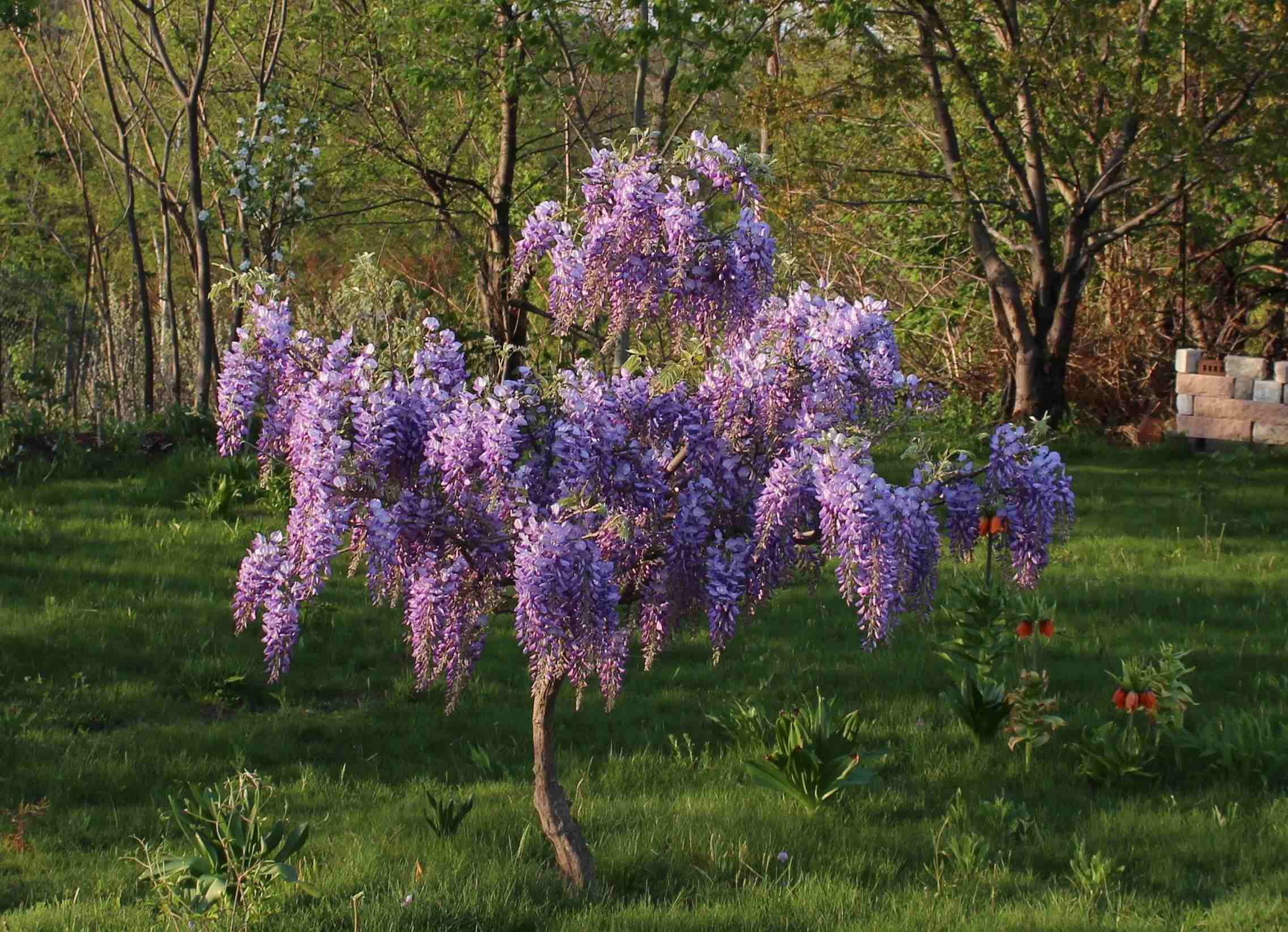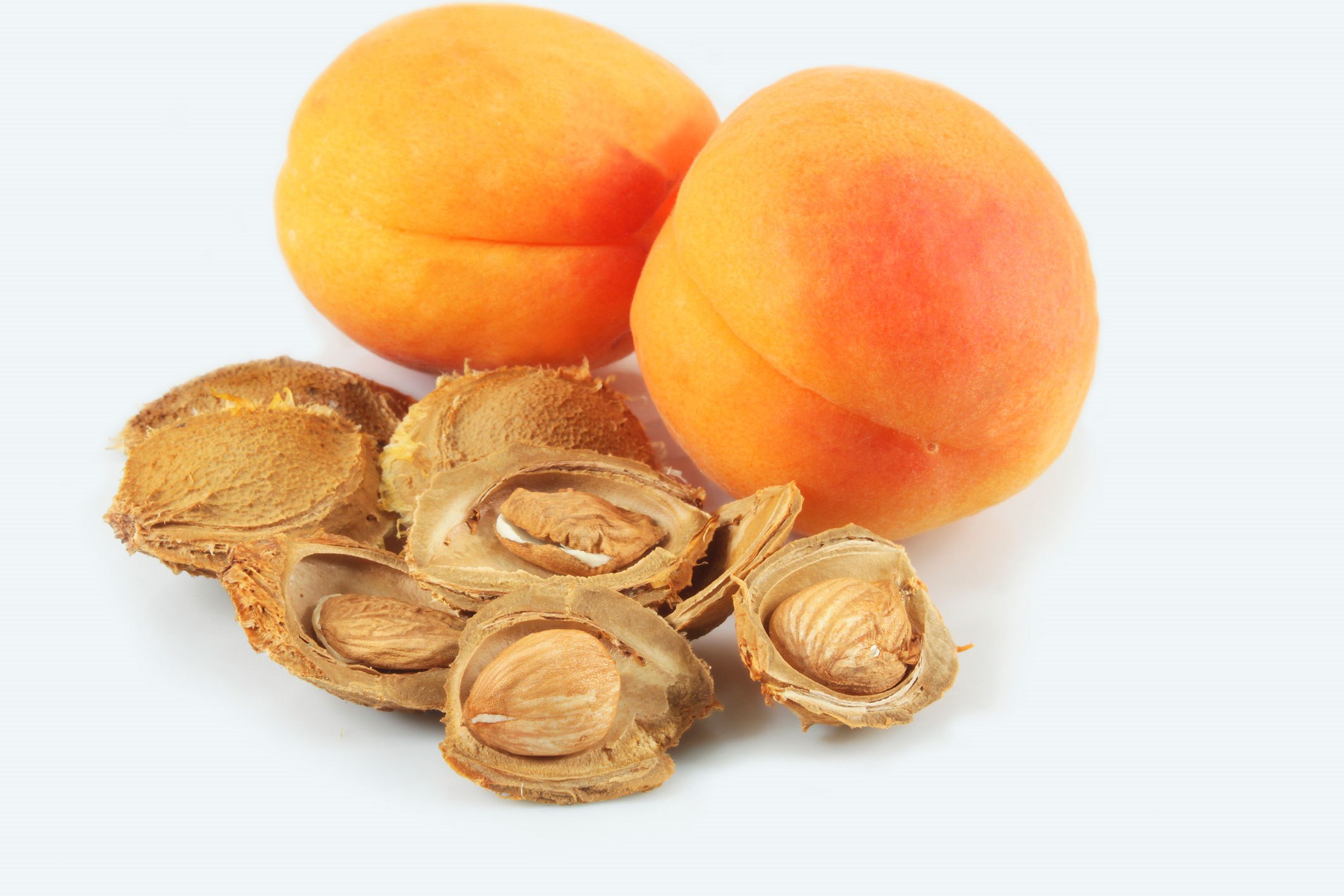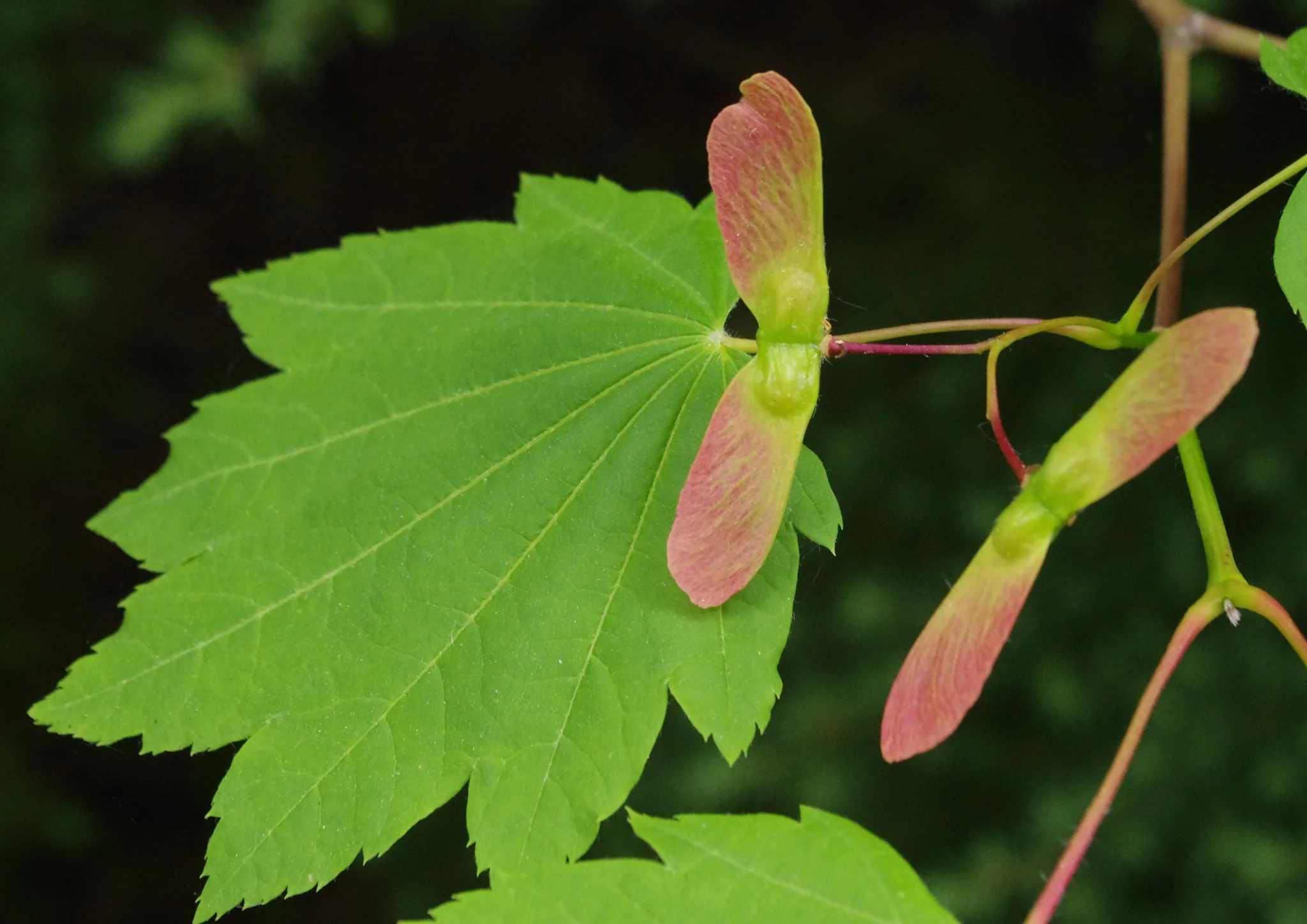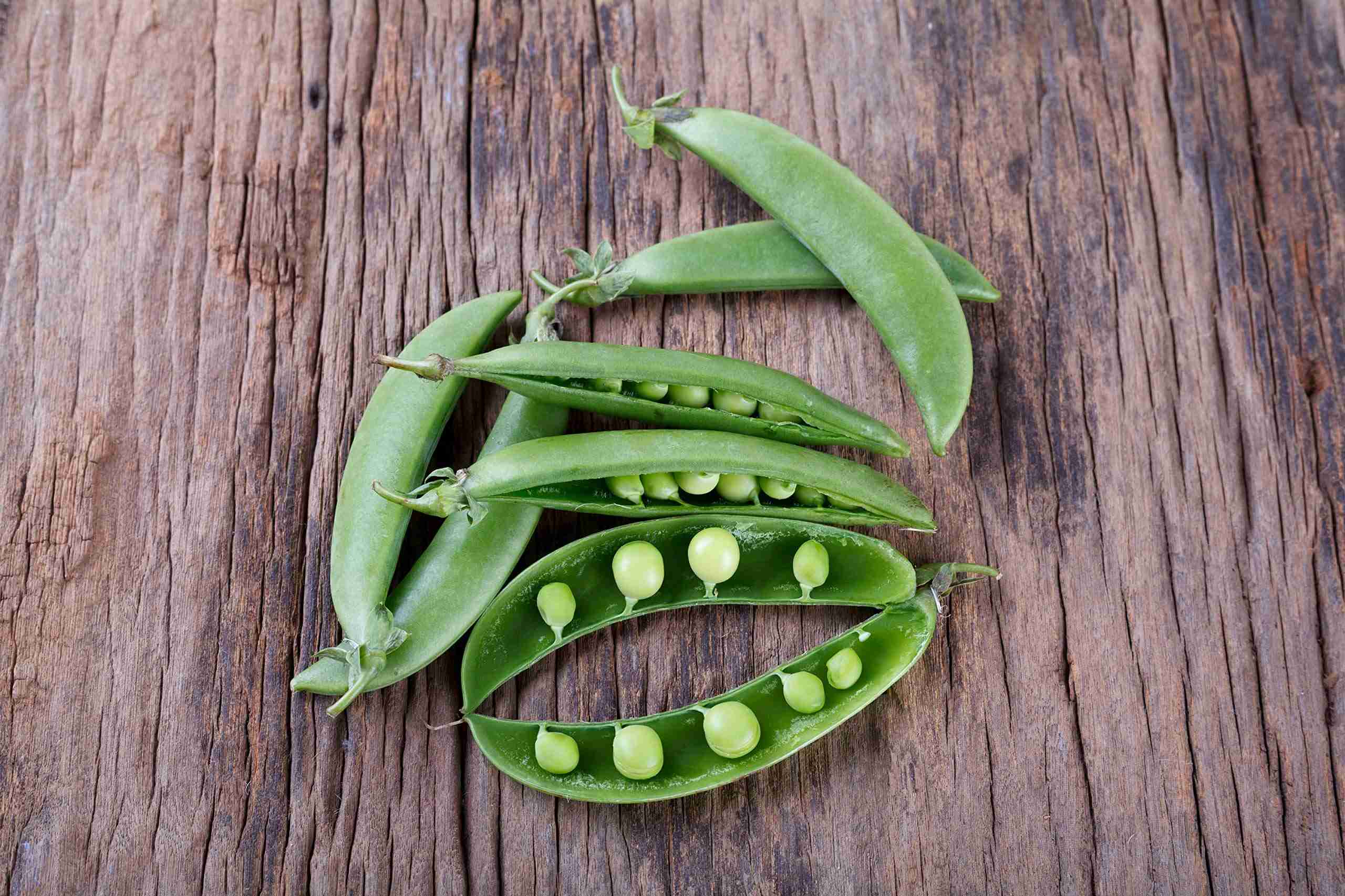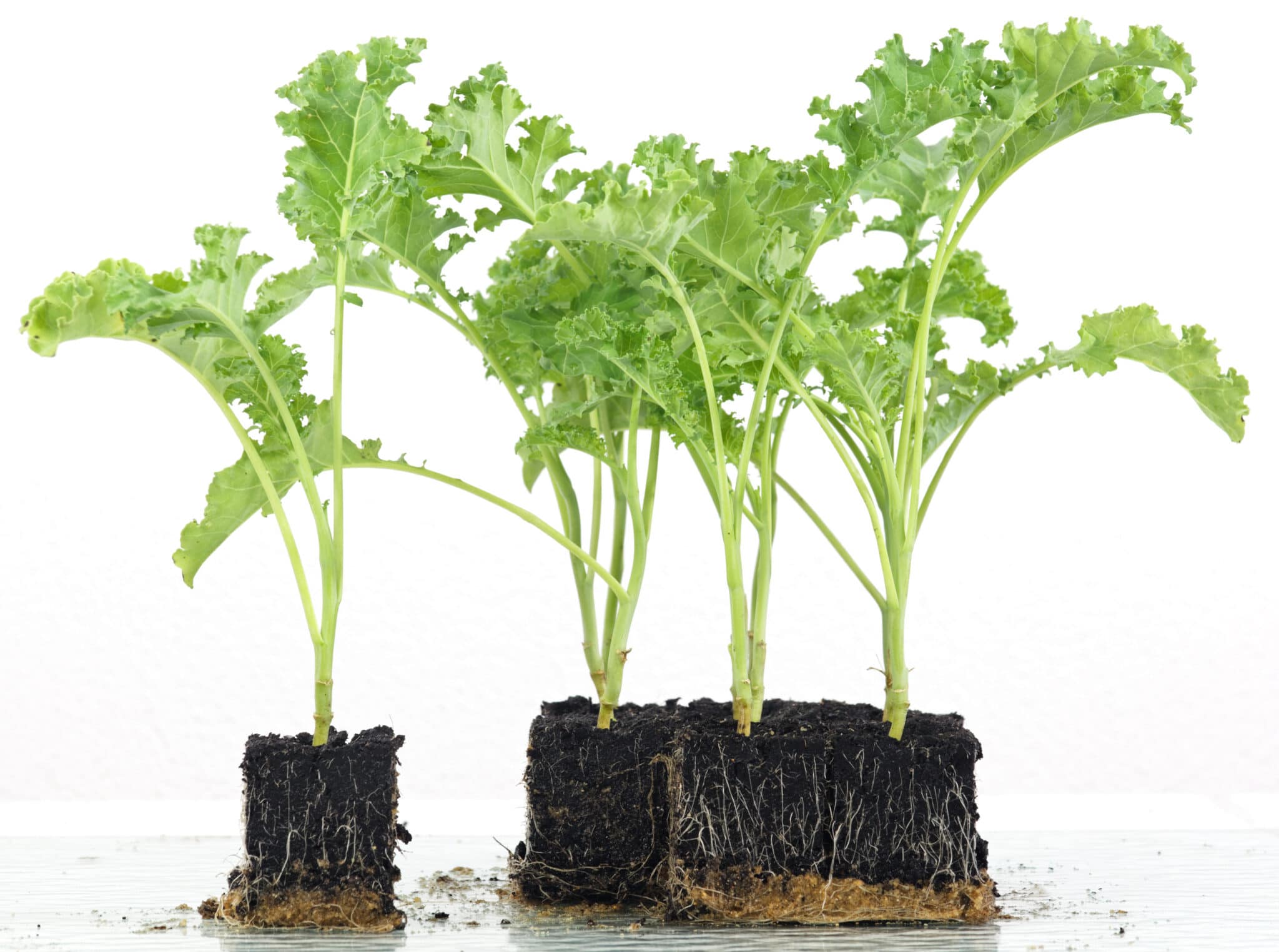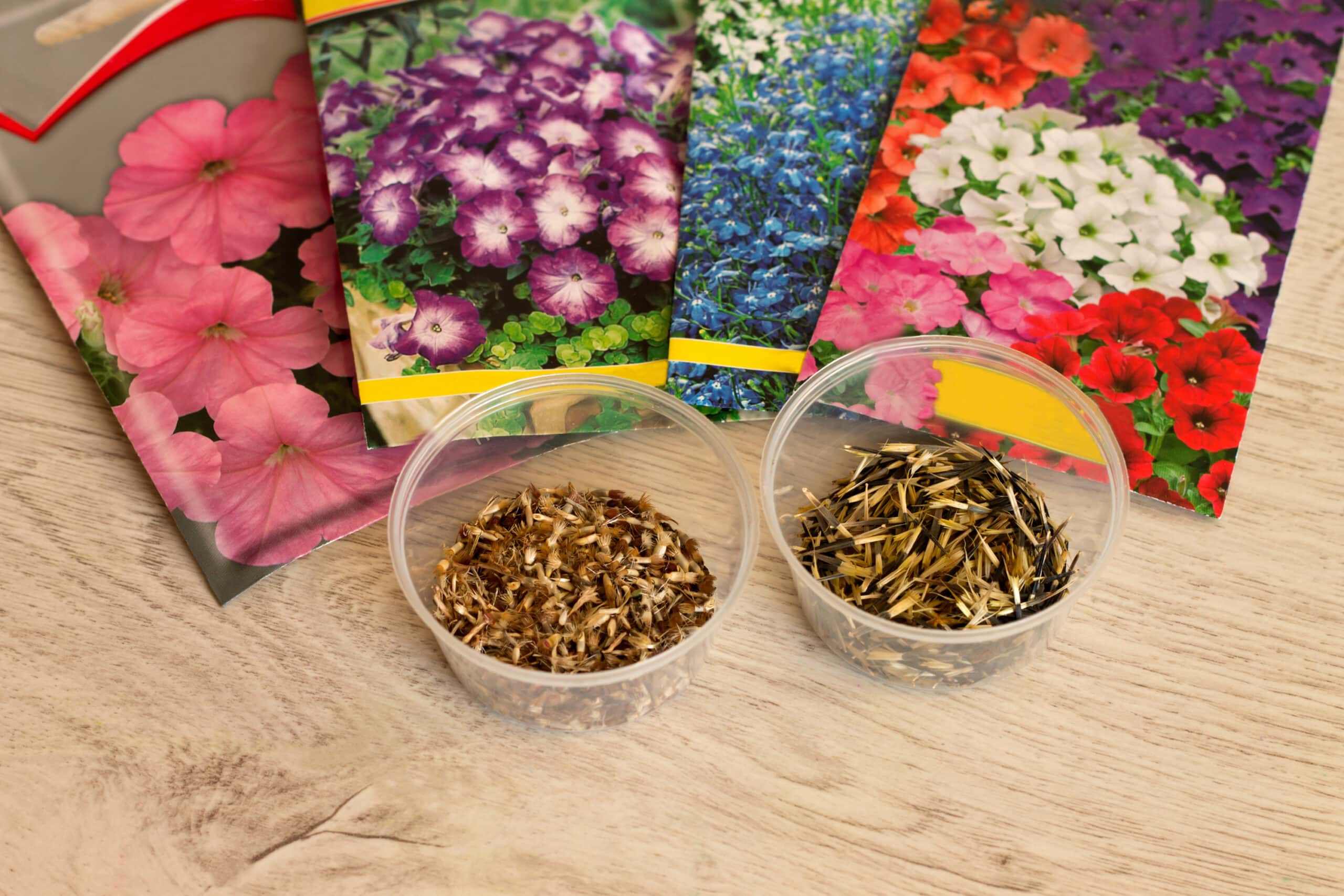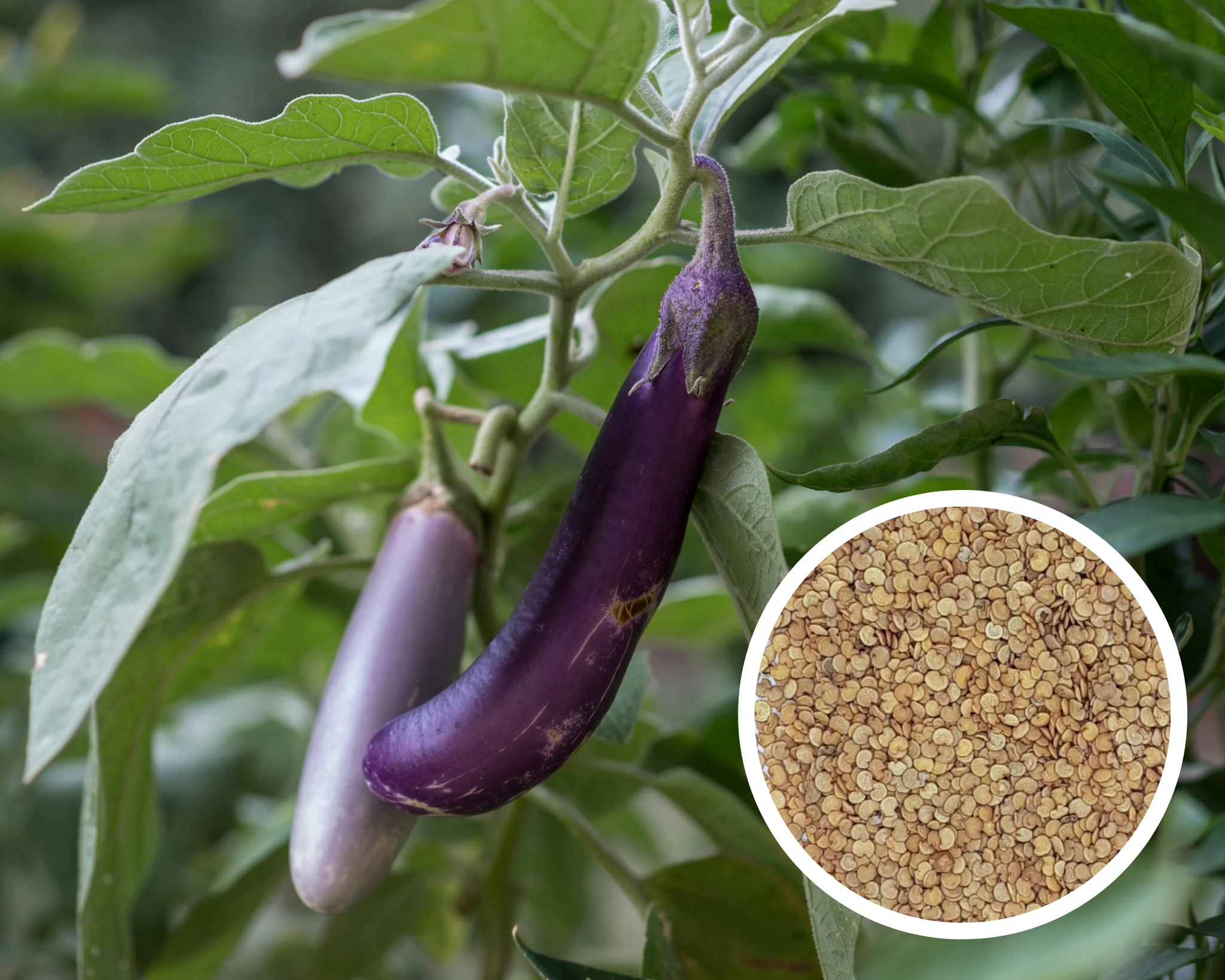Home>Types of Gardening>Edible Gardening>How To Plant Date Seeds
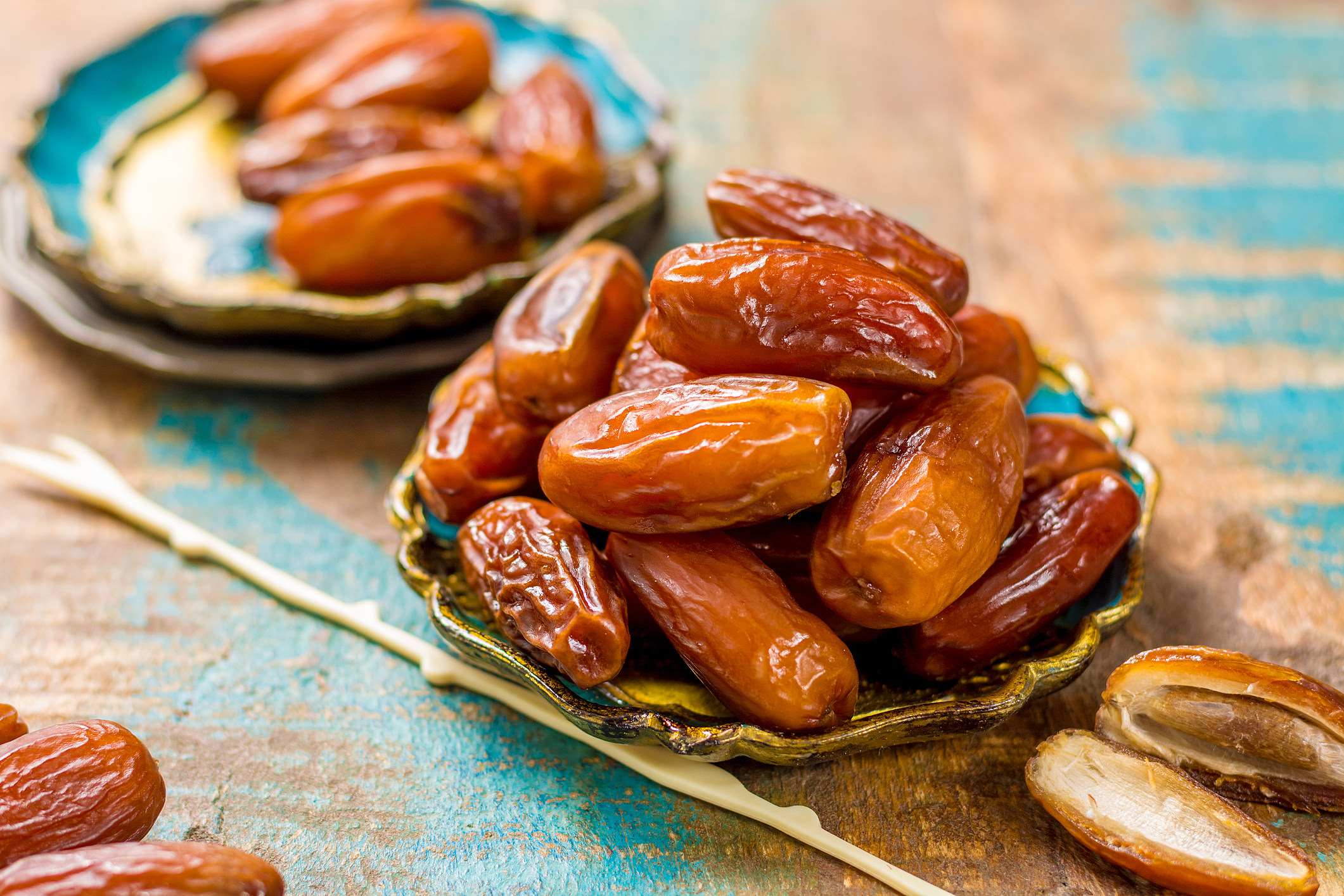

Edible Gardening
How To Plant Date Seeds
Modified: February 7, 2024
Learn how to plant date seeds and start your own edible garden. Expert tips and step-by-step instructions for successful edible gardening.
(Many of the links in this article redirect to a specific reviewed product. Your purchase of these products through affiliate links helps to generate commission for Chicagolandgardening.com, at no extra cost. Learn more)
Table of Contents
Introduction
Welcome to the world of edible gardening! If you have a green thumb and a desire to grow your own food, then edible gardening is the perfect hobby for you. And what better way to start than by planting date seeds? Dates are not only delicious but also packed with essential nutrients. By growing your own date trees, you can enjoy the taste and health benefits of fresh, homegrown dates right in your backyard.
In this article, we will guide you through the process of planting date seeds and growing your very own date trees. From collecting the seeds to harvesting the ripe dates, we will provide you with all the necessary steps and tips to ensure a successful and fulfilling edible gardening experience.
Before we dive into the specifics, let’s briefly discuss why planting date seeds is a great choice for aspiring edible gardeners. Firstly, dates are a rich source of essential vitamins, minerals, and fiber that contribute to a healthy diet. They are known for their natural sweetness and have even been used as an alternative to refined sugar in various recipes.
Secondly, by growing your own date trees, you have complete control over the cultivation process. You can choose organic growing methods, ensuring that your dates are free from harmful pesticides and chemicals. Plus, tending to your date trees and witnessing them grow from tiny seeds to flourishing plants can be a rewarding and satisfying experience.
Finally, date trees are relatively easy to care for and can thrive in various climates. With proper nurturing and maintenance, you can enjoy a bountiful harvest of delicious dates year after year. So, are you ready to embark on this exciting edible gardening journey? Let’s get started!
Step 1: Collecting Date Seeds
Before you can start planting date seeds, you need to collect ripe seeds from fresh dates. While you can purchase dates from the store, it is best to choose organically grown ones to ensure the seeds are healthy and haven’t been treated with chemicals. Here’s how you can collect date seeds:
- Choose ripe dates: Look for fully ripened dates that are soft and plump. They should have a rich color and a slightly wrinkled skin.
- Remove the flesh: Gently split the date open and remove the flesh from the pit. You can use a knife or even your fingers to scoop out the flesh.
- Clean the seeds: Rinse the date seeds under running water to remove any remaining flesh or residue. This will prevent mold or rotting during the planting process.
- Dry the seeds: Place the cleaned seeds on a paper towel and let them air-dry for a few days. Make sure they are completely dry before moving on to the next step.
It’s important to note that not all date seeds will germinate successfully. Some may be sterile or not viable for planting. To increase your chances of success, it’s recommended to collect multiple date seeds. This way, even if a few do not sprout, you will still have a good number of seeds to work with.
Once you have collected and prepared your date seeds, you are ready to move on to the next step: preparing the seeds for planting!
Step 2: Preparing the Seeds
Now that you have collected your date seeds, it’s time to prepare them for planting. Proper preparation will help optimize their chances of germination and ensure healthy growth. Follow these steps to prepare your date seeds:
- Soak the seeds: Fill a bowl with warm water and soak the date seeds overnight. This will help soften the seed coat and promote germination.
- Scarf the seeds (optional): Scarification is a process that involves nicking or scratching the seed coat to further enhance germination. You can use a nail file or sandpaper to lightly scar the seeds, being careful not to damage the inner embryo.
- Stratify the seeds (optional): Some date seeds may benefit from cold stratification, which simulates the natural winter conditions that trigger germination. To stratify the seeds, place them in a damp paper towel or in a plastic bag with moist peat moss, and refrigerate them for about 4-6 weeks.
Both scarification and stratification are optional steps but can increase the chances of successful germination, especially for seeds that have a hard outer shell. If you choose to skip these steps, that’s perfectly fine too.
After preparing the seeds, it’s a good idea to check them for viability. To do this, fill a glass of water and gently place the seeds inside. Viable seeds will sink to the bottom, while non-viable seeds will float. Discard any seeds that float, as they are unlikely to germinate.
Now that your date seeds are prepared and ready, it’s time to move on to the next step: choosing the right soil for planting.
Step 3: Choosing the Right Soil
Choosing the right soil is crucial for the successful growth of your date seeds. The ideal soil will provide the necessary nutrients, drainage, and aeration to support healthy root development. Here are some key factors to consider when selecting the soil for planting date seeds:
- Well-draining soil: Date trees prefer well-draining soil to prevent waterlogging and root rot. Sandy or loamy soil types are ideal as they allow excess water to drain away.
- A slightly acidic pH: Date trees thrive in slightly acidic soil with a pH ranging from 6.0 to 7.0. You can test the pH of your soil using a soil testing kit, available at garden centers or online.
- Adequate moisture retention: While well-draining soil is important, it should still be able to retain moisture. Incorporate organic matter into the soil to improve moisture retention and avoid excessive drying out.
Prior to planting your date seeds, prepare the soil by removing any weeds or debris and loosening it with a garden fork or tiller. Amend the soil with organic matter and mix it well to ensure even distribution of nutrients.
It’s worth noting that if you are planting your date seeds in containers, choose a potting mix that is specifically formulated for fruit trees or palms. These mixes are typically well-draining and provide the necessary balance of nutrients for optimal growth.
By selecting the right soil, you will create a favorable environment for your date seeds to germinate and thrive. Now that you have chosen the soil, it’s time to move on to the next step: planting the date seeds.
Step 4: Planting the Date Seeds
Now that you have prepared the seeds and chosen the right soil, it’s time to start planting your date seeds. Follow these steps to ensure proper planting:
- Select a planting location: Choose a sunny spot in your garden or a suitable container if you’re planning to grow date trees indoors or on a balcony. Date trees thrive in full sun, so make sure the planting location receives at least six hours of direct sunlight each day.
- Dig the planting hole: Dig a hole in the soil that is slightly larger than the size of the date seed. Make sure the hole is deep enough to cover the seed with about an inch of soil.
- Place the seed in the hole: Gently place the date seed in the hole, ensuring that the pointed end is facing downwards. The pointed end is where the root will emerge.
- Cover the seed with soil: Fill the hole with soil, making sure to cover the seed with about an inch of soil. Lightly firm the soil around the seed to secure it in place.
- Water thoroughly: After planting, water the soil generously but avoid overwatering. The goal is to ensure that the soil is evenly moist, but not waterlogged.
It’s important to note that planting multiple date seeds in close proximity can help increase the chances of successful pollination and fruit production. However, make sure to provide enough space between the seedlings to allow for proper growth and development.
Once you have planted your date seeds, be patient, as germination can take anywhere from a few weeks to a few months. It’s important to maintain consistent moisture in the soil during this time to facilitate seed germination. Monitor the soil moisture regularly and water as needed, keeping in mind that overwatering can lead to rotting of the seeds.
Now that you have successfully planted your date seeds, it’s time to move on to the next step: watering and care for your growing date trees.
Step 5: Watering and Care
Proper watering and care are essential for the healthy growth and development of your date trees. Here are some tips to ensure your date trees receive the necessary water and care:
- Watering: Date trees have moderate water needs. Water the soil thoroughly but allow it to dry out slightly between waterings. Avoid overwatering, as it can lead to root rot. Use a drip irrigation system or water the soil around the base of the tree to ensure deep root penetration.
- Fertilizing: Date trees benefit from regular fertilization to provide essential nutrients. Use a balanced fertilizer specifically formulated for fruit trees or palm trees. Follow the instructions on the fertilizer packaging regarding application rates and timing. Apply the fertilizer during the growing season, roughly every 4-6 weeks.
- Pruning: Prune your date trees as needed to maintain their shape and remove any dead or damaged branches. Pruning should be done during the dormant season, typically in late winter or early spring. Shape the tree by removing any suckers or shoots that emerge from the base.
- Protection from pests and diseases: Monitor your date trees for any signs of pests or diseases. Common pests include mites, aphids, and scale insects. Use organic pest control methods or consult with a local garden center for appropriate remedies. Ensure good air circulation around the trees to prevent fungal diseases.
- Provide support: As your date trees grow, they may need additional support to prevent bending or breaking of the branches. Use stakes or ties to provide support if necessary. Check the supports regularly and adjust as needed.
In addition to these care practices, it is important to monitor the overall health of your date trees. Look for signs of stress or nutrient deficiencies, such as yellowing leaves or stunted growth, and take appropriate actions to address the issues.
Remember, caring for your date trees is an ongoing process. Stay attentive to their needs and adjust your care practices accordingly. With proper care, you can enjoy healthy and fruitful date trees in your garden.
Now that you know how to water and care for your date trees, it’s time to learn about transplanting young date trees in the next step.
Step 6: Transplanting Young Date Trees
Transplanting young date trees is an important step in their growth journey. It allows you to provide them with more space and optimize their growing conditions. Here are some key steps to follow when transplanting young date trees:
- Timing: Transplant your young date trees when they are dormant, typically in late winter or early spring. This allows the tree to establish its roots before the growing season begins.
- Choose a new site: Select a suitable location for transplanting your date tree. Ensure that the site has well-draining soil, receives full sun, and has enough space for the tree’s mature size.
- Prepare the new planting hole: Dig a hole in the new location that is wider and deeper than the root ball of the young tree. Loosen the soil in the hole and amend it with compost or organic matter to provide nutrients.
- Transplant the tree: Carefully dig around the young date tree, taking care not to damage the root system. Lift the tree and gently place it into the new planting hole. Position the tree so that it sits at the same depth as it was in its previous location.
- Backfill and water: Fill the hole with soil, making sure to firm it around the roots to eliminate air pockets. Water the transplanted tree thoroughly and add a layer of mulch around the base to help retain moisture.
- Provide support: Young transplanted date trees may require support to help them establish in their new location. Use stakes or ties to secure the tree and protect it from strong winds until it becomes fully rooted.
After transplanting, monitor the watering needs of the young date tree. Water it regularly, keeping the soil evenly moist but not waterlogged. Gradually reduce the amount of water as the tree establishes and adjust the watering schedule based on the weather conditions and soil moisture levels.
It’s important to note that transplanted young date trees may undergo some shock and temporarily show signs of stress, such as wilting or leaf drop. This is normal, and with proper care and time, the tree will adapt and begin to thrive in its new location.
Now that you have learned the steps for transplanting young date trees, let’s move on to the final step: harvesting the delicious dates!
Step 7: Harvesting Dates
After patiently nurturing your date trees, the time will come to reap the rewards of your efforts – harvesting the delicious dates. Here are the important steps to follow when harvesting dates:
- Monitor fruit ripeness: Keep a close eye on the dates as they approach their expected harvest time. Dates change in color as they ripen, transitioning from a green or yellow-green shade to a darker, amber color.
- Perform a taste test: To determine if the dates are ready for harvest, sample a few fruits to assess their sweetness and texture. Ripe dates should be soft, sweet, and have a distinct flavor.
- Choose the appropriate harvesting method: Depending on the variety of date trees you have, there are two main methods of harvesting. The first method involves cutting off entire bunches of dates, while the second method involves picking the individual dates from the bunch.
- Use a ladder or picking tool: If you need to harvest dates from tall trees, use a ladder and exercise caution to prevent falls. Alternatively, you can use a long-handled picking tool to reach high-hanging bunches.
- Handle with care: When harvesting dates, handle them gently to avoid bruising or damaging the fruits. Place them in a container or basket lined with a soft material to prevent them from getting crushed.
- Store and enjoy: Once harvested, store the dates in a cool, dry place away from direct sunlight. Dates can be enjoyed immediately or preserved by refrigeration, freezing, drying, or canning.
It’s important to note that the timing of the harvest can vary depending on the variety of date trees and the climate in your region. Consult local resources or experienced growers in your area for specific information on when to harvest dates.
By following these steps, you can ensure that you harvest ripe, flavorful dates from your own garden. Enjoy the fruits of your labor and share the delicious taste of homegrown dates with friends and family!
Congratulations! You have now completed all the necessary steps to successfully grow and harvest your own dates. It’s time to sit back, relax, and savor the sweet rewards of your edible gardening endeavor.
Conclusion
Congratulations on completing the journey of planting and growing your own date trees! Edible gardening is a rewarding and fulfilling experience, and by following the steps outlined in this article, you have successfully embarked on your edible gardening adventure.
From collecting ripe date seeds and preparing them for planting to choosing the right soil, watering, caring for your trees, and finally harvesting the delicious dates, you have gained a wealth of knowledge and practical skills needed to grow your own dates at home.
By planting date trees, you not only enjoy the delight of harvesting and savoring the fruits of your labor but also contribute to a sustainable and healthy lifestyle. Homegrown dates are free from harmful chemicals, offer superior taste, and provide a range of essential nutrients for you and your loved ones.
Remember to continue caring for your date trees, providing them with adequate water, nutrients, and protection from pests and diseases. With proper maintenance and attention, your date trees can grow into beautiful, productive trees that provide you with a bountiful harvest for years to come.
Lastly, don’t forget to share the joy of edible gardening with others. Share your knowledge, experiences, and perhaps even some of your homegrown dates with friends, family, and fellow gardening enthusiasts. Together, we can inspire and empower more people to embark on their own edible gardening adventures.
Now that you have the knowledge and confidence to grow your own dates, it’s time to put it into practice. Get ready to enjoy the taste and satisfaction of harvesting and indulging in homegrown dates. Happy gardening!
